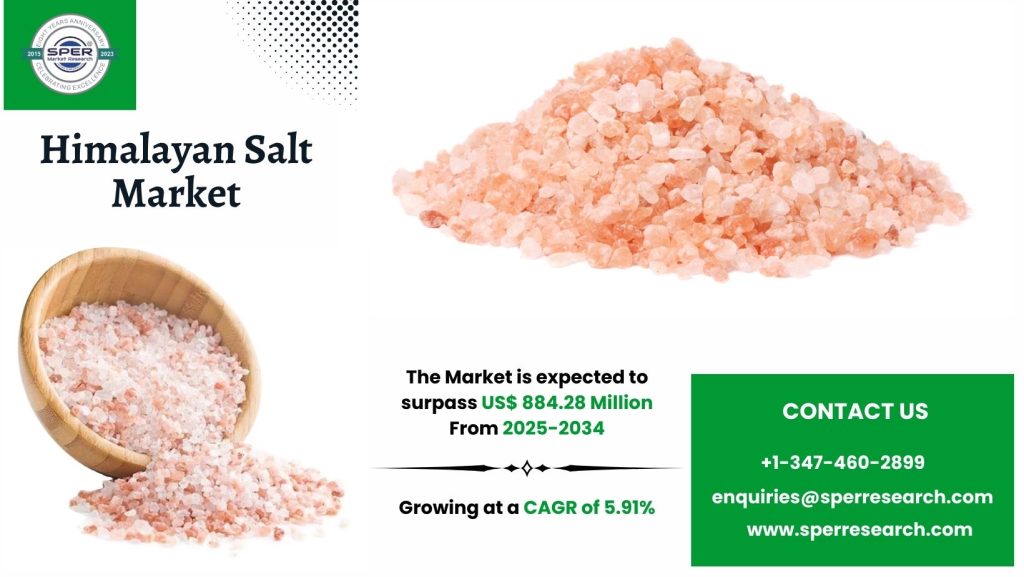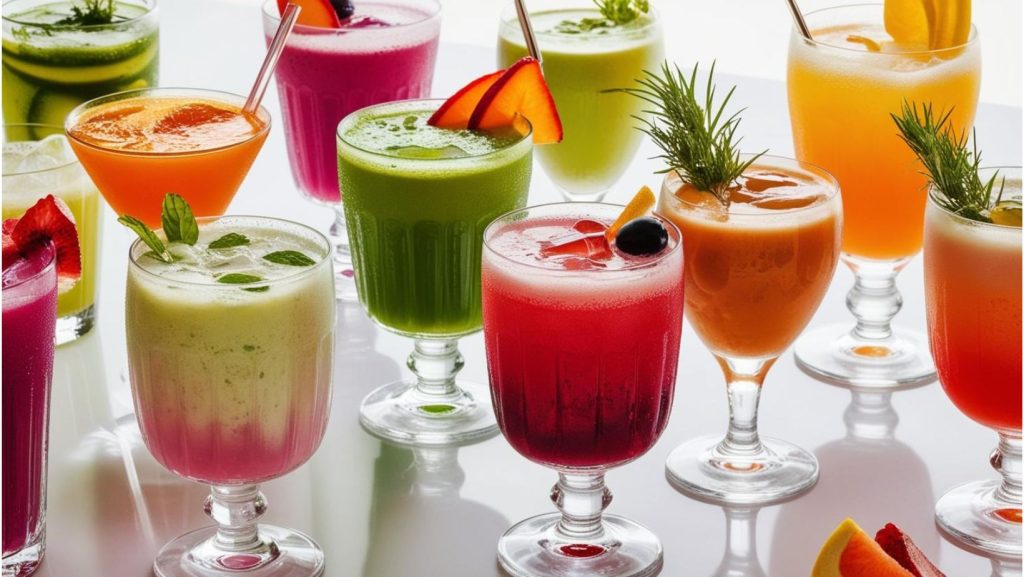Pet food produced with ingredients that satisfy the same safety and quality requirements as food meant for human consumption is referred to as human-grade pet food. It is made in USDA-approved facilities with minimally processed, natural, and fresh ingredients free of artificial additives and byproducts. High nutritional content is given priority in this kind of pet food, guaranteeing that pets eat healthy, well-balanced meals. Human-grade pet food is becoming more and more popular among pet owners looking to provide their animals with high-quality nourishment since it is made to give superior digestibility and health advantages, in contrast to regular pet food, which may include inferior components.
According to SPER market research, ‘Global Human Grade Pet Food Market Size- By Type, By Distribution Channel – Regional Outlook, Competitive Strategies and Segment Forecast to 2034’ state that the Global Human Grade Pet Food Market is predicted to reach 4.66 billion by 2034 with a CAGR of 6.81%.
Drivers:
Due to a number of significant variables influencing the pet food market today, there is an increasing demand for human-grade pet food. The humanization of pets, where they are increasingly seen as essential family members, is one such development. This change in thinking encourages pet owners to look for foods that are human-grade, guaranteeing that their animals get nutrients on par with what humans eat. Pet owners are prioritizing diets that are seen to be safer and healthier, frequently free of artificial additives and inferior components typically found in non-human grade products. This trend is intimately linked to worries about the health and wellness of their pets.
Request a Free Sample Report: https://www.sperresearch.com/report-store/human-grade-pet-food-market.aspx?sample=1
Restraints:
The utilization of premium ingredients and strict regulations result in high production costs, which are one of the issues facing the worldwide market for human-grade pet food. Price sensitivity among pet owners may prevent widespread adoption, and low consumer knowledge in some areas makes market penetration challenging. Fresh pet food has a shorter shelf life and must be stored cold, which complicates logistics and raises delivery costs. Another difficulty is competition from traditional pet food companies that provide less expensive substitutes. Another challenge is scaling production while upholding quality standards, so businesses must strike a balance between accessibility, cost, and high-end nutrition products.
The United States holds the largest share of the global human-grade pet food market. This dominance is driven by a well-established pet food industry, high pet ownership rates, and a strong trend of pet humanization, where pets are considered integral family members. Some significant market players are Darwin’s Natural Pet Products, JustFoodForDogs, Mars (Champion Pet Foods), Nestlé S.A., NomNomNow Inc., Ollie, Pet Plate, Spot & Tango, The Farmers Dog, Inc., The Honest Kitchen, and others.
For More Information, refer to below link: –
Human Grade Pet Food Market Growth
Related Reports:
Follow Us –
LinkedIn | Instagram | Facebook | Twitter
Contact Us:
Sara Lopes, Business Consultant — USA
SPER Market Research
enquiries@sperresearch.com
+1–347–460–2899









